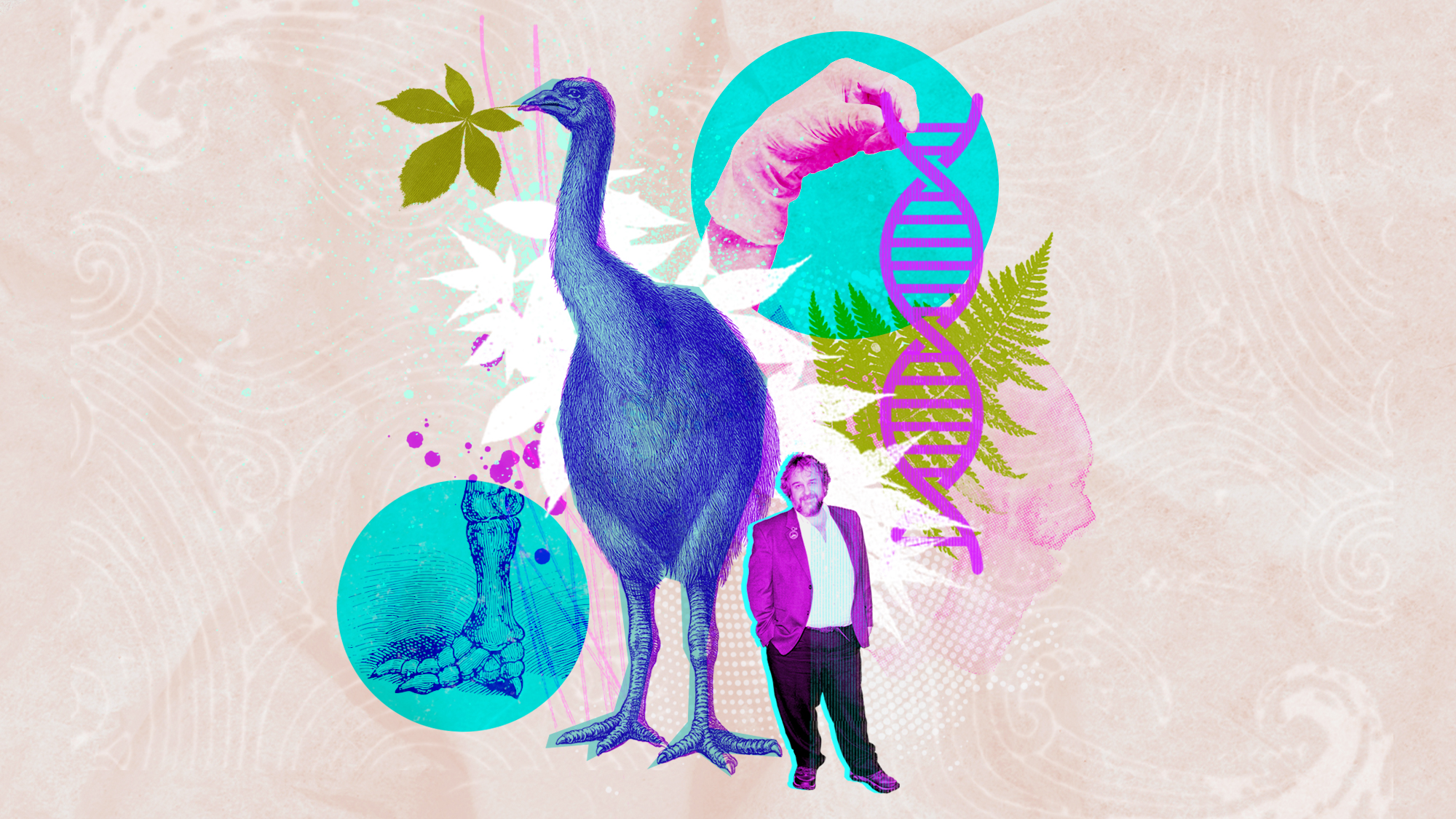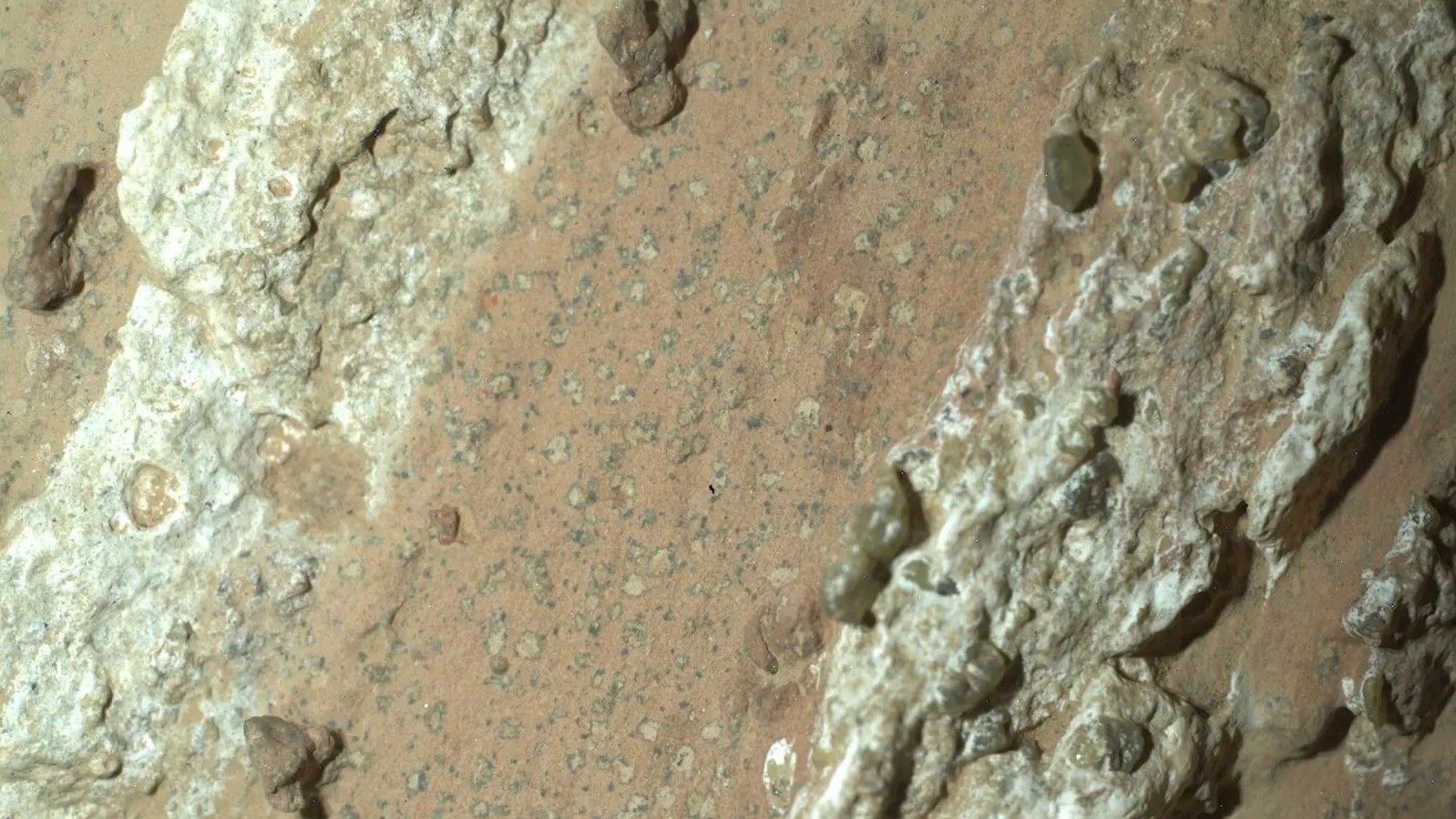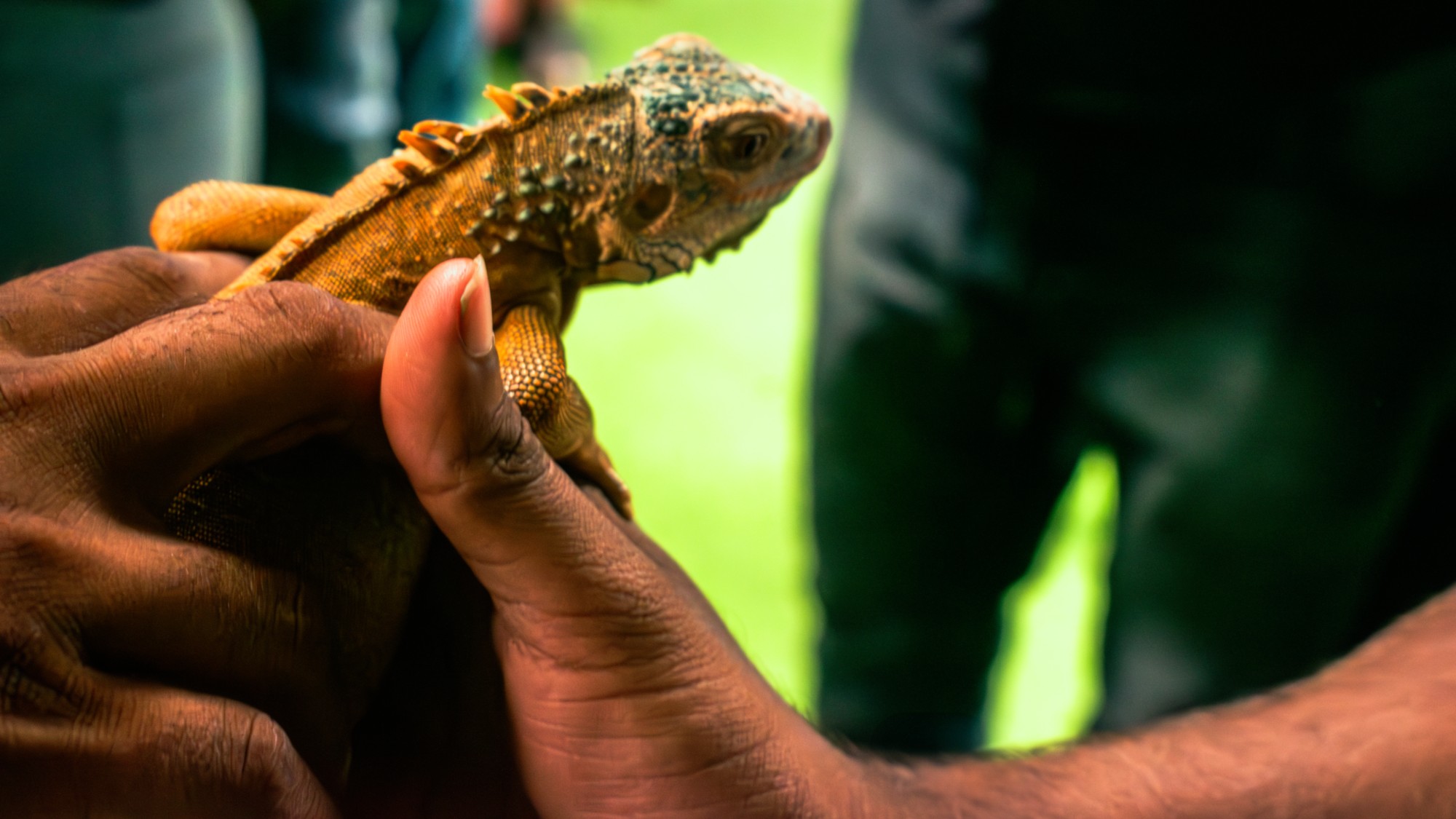Scientists and Peter Jackson attempt to bring back an extinct bird — kind of
Colossal Biosciences was also the company behind the 'resurrected' dire wolves


Colossal Biosciences is working on bringing back a long-dormant animal, and it has found a partner to help. The genetics company is teaming up with "Lord of the Rings" director Peter Jackson to resurrect an animal resembling the giant moa, an extinct species native to New Zealand that died out about 600 years ago. Colossal is the same company that made waves in April for resurrecting wolves with the genetic properties of the extinct dire wolf. As with that case, however, there is more to this "de-extinction" than meets the eye.
'Working diligently'
Jackson seems like a natural teammate on the project for Colossal, as the acclaimed filmmaker "owns one of the largest private collections of bones" of the giant moa and has long had a "fascination with the flightless ostrich-like bird," said The Associated Press. Colossal will begin working to resurrect a giant moa-type animal using $15 million in funding from Jackson.
As a native New Zealander, Jackson has long been working on conservation projects for the country's species. The giant moa in particular "remains a symbol for the people of the South Island and its potential resurrection fits within the country's many ongoing conservation efforts," said USA Today. With the "recent resurrection of the dire wolf, Colossal has also made real the possibility of bringing back lost species," Jackson said in a press release. The Colossal team is "working diligently towards bringing back" extinct animals that "hitherto only lived in our imaginations."
The Week
Escape your echo chamber. Get the facts behind the news, plus analysis from multiple perspectives.

Sign up for The Week's Free Newsletters
From our morning news briefing to a weekly Good News Newsletter, get the best of The Week delivered directly to your inbox.
From our morning news briefing to a weekly Good News Newsletter, get the best of The Week delivered directly to your inbox.
Skepticism remains
It is unclear how far the company will get in recreating the giant moa. Colossal undergoes "efforts to create animals with the attributes of species that have died off," said Rolling Stone, as it did with the dire wolf. When the company undertook this project, it "brought back" dire wolves by "editing parts of genomes sequenced from ancient DNA fragments into the genome of gray wolves, giving them dire wolf attributes."
This led to some in the scientific community criticizing Colossal for claiming it had made the dire wolf "de-extinct," noting that they "weren't actually dire wolves, just genetically-modified gray wolves with a stellar PR team," said Rolling Stone. It appears that a similar process will be undertaken for the giant moa, as Colossal has "created a genome of the tinamou, thought to be the closest living relative of the moa," said USA Today. But before the project can continue, Colossal must "identify well-preserved bones from which it may be possible to extract DNA," said the AP.
And while the dire wolf project involved implanting DNA from fossils into a domestic dog, the process with "extinct moa is harder since the incubating will be done outside the body, inside an egg," said Time. And if Colossal accomplishes this, it will be successful not in creating an actual giant moa, but in "creating a tall bird with huge feet and thick pointed claws resembling the moa," said the AP.
Despite the controversy, officials at Colossal remain optimistic about their "de-extinction" efforts. The company has previously pushed back against criticism that its dire wolves weren't really dire wolves because the animals have similar genetic attributes, and would likely take a similar stance about the giant moa. As Colossal Chief Science Officer Beth Shapiro previously told Rolling Stone, "If it looks like a dire wolf and it acts like a dire wolf, I'm gonna call it a dire wolf."
A free daily email with the biggest news stories of the day – and the best features from TheWeek.com
Justin Klawans has worked as a staff writer at The Week since 2022. He began his career covering local news before joining Newsweek as a breaking news reporter, where he wrote about politics, national and global affairs, business, crime, sports, film, television and other news. Justin has also freelanced for outlets including Collider and United Press International.
-
 5 fairly vain cartoons about Vanity Fair’s interviews with Susie Wiles
5 fairly vain cartoons about Vanity Fair’s interviews with Susie WilesCartoon Artists take on demolition derby, alcoholic personality, and more
-
 Joanna Trollope: novelist who had a No. 1 bestseller with The Rector’s Wife
Joanna Trollope: novelist who had a No. 1 bestseller with The Rector’s WifeIn the Spotlight Trollope found fame with intelligent novels about the dramas and dilemmas of modern women
-
 Codeword: December 20, 2025
Codeword: December 20, 2025The daily codeword puzzle from The Week
-
 ‘The Big Crunch’: why science is divided over the future of the universe
‘The Big Crunch’: why science is divided over the future of the universeThe Explainer New study upends the prevailing theory about dark matter and says it is weakening
-
 Dinosaurs were thriving before asteroid, study finds
Dinosaurs were thriving before asteroid, study findsSpeed Read The dinosaurs would not have gone extinct if not for the asteroid
-
 The moon is rusting
The moon is rustingUnder the radar The Earth is likely to blame
-
 Africa could become the next frontier for space programs
Africa could become the next frontier for space programsThe Explainer China and the US are both working on space applications for Africa
-
 NASA reveals ‘clearest sign of life’ on Mars yet
NASA reveals ‘clearest sign of life’ on Mars yetSpeed Read The evidence came in the form of a rock sample collected on the planet
-
 Parthenogenesis: the miracle of 'virgin births' in the animal kingdom
Parthenogenesis: the miracle of 'virgin births' in the animal kingdomThe Explainer Asexual reproduction, in which females reproduce without males by cloning themselves, has been documented in multiple species
-
 Atoms into gold: alchemy's modern resurgence
Atoms into gold: alchemy's modern resurgenceUnder the radar The practice of alchemy has been attempted for thousands of years
-
 A rat infestation is spelling trouble for the almond industry
A rat infestation is spelling trouble for the almond industryThe Explainer The infestation has affected at least 100,000 acres in California
